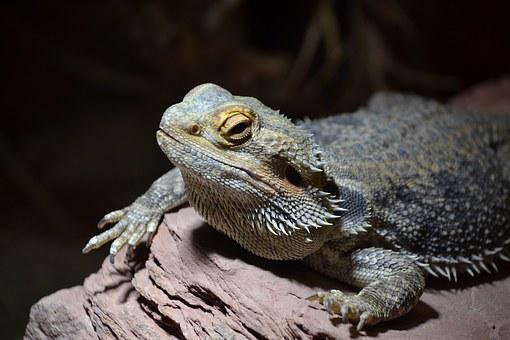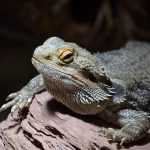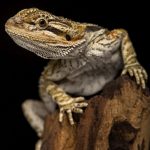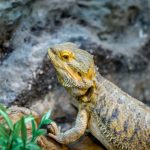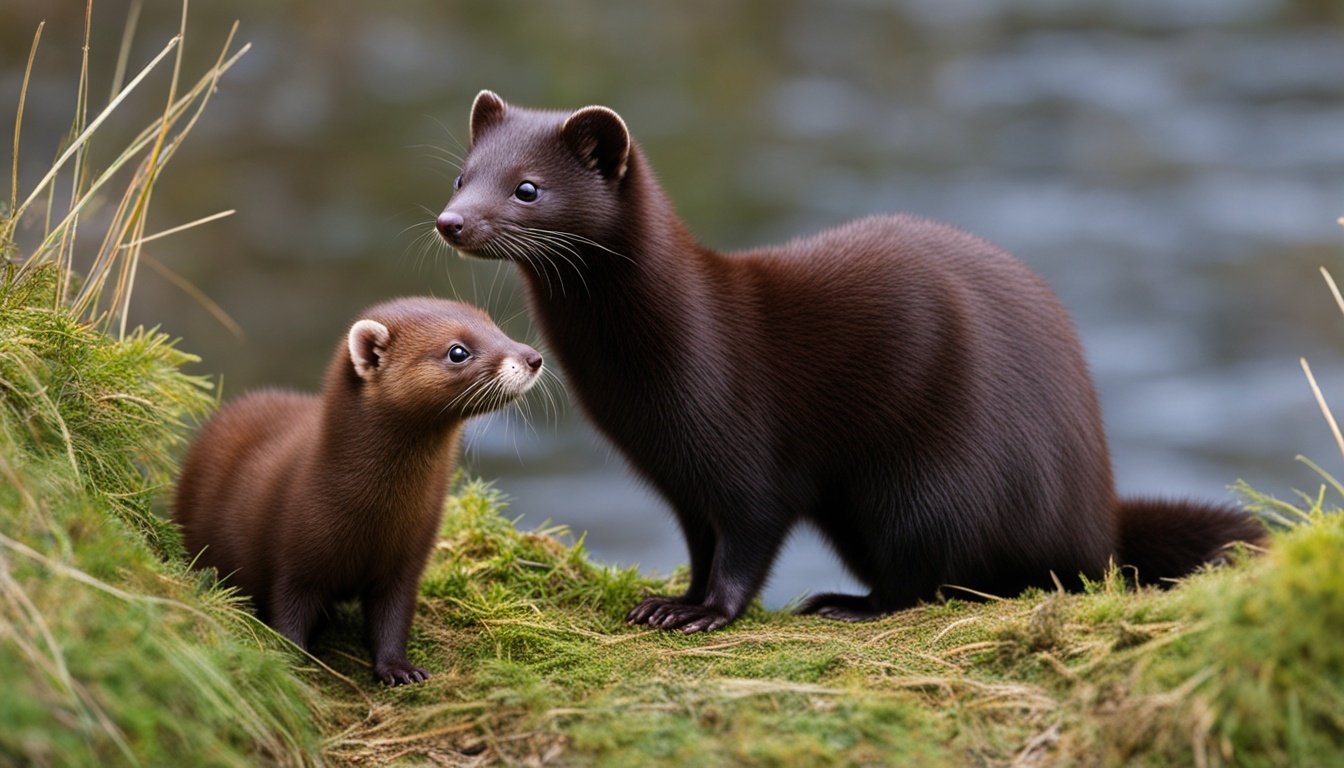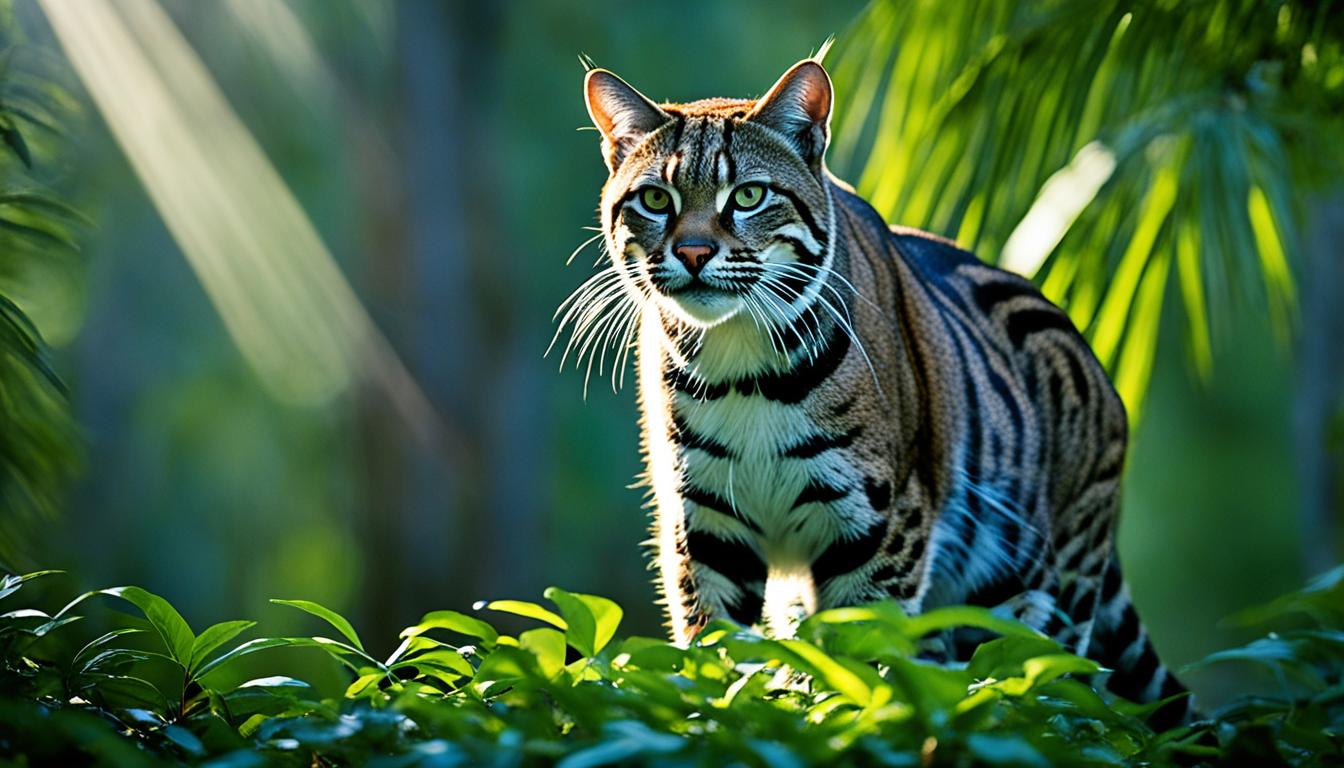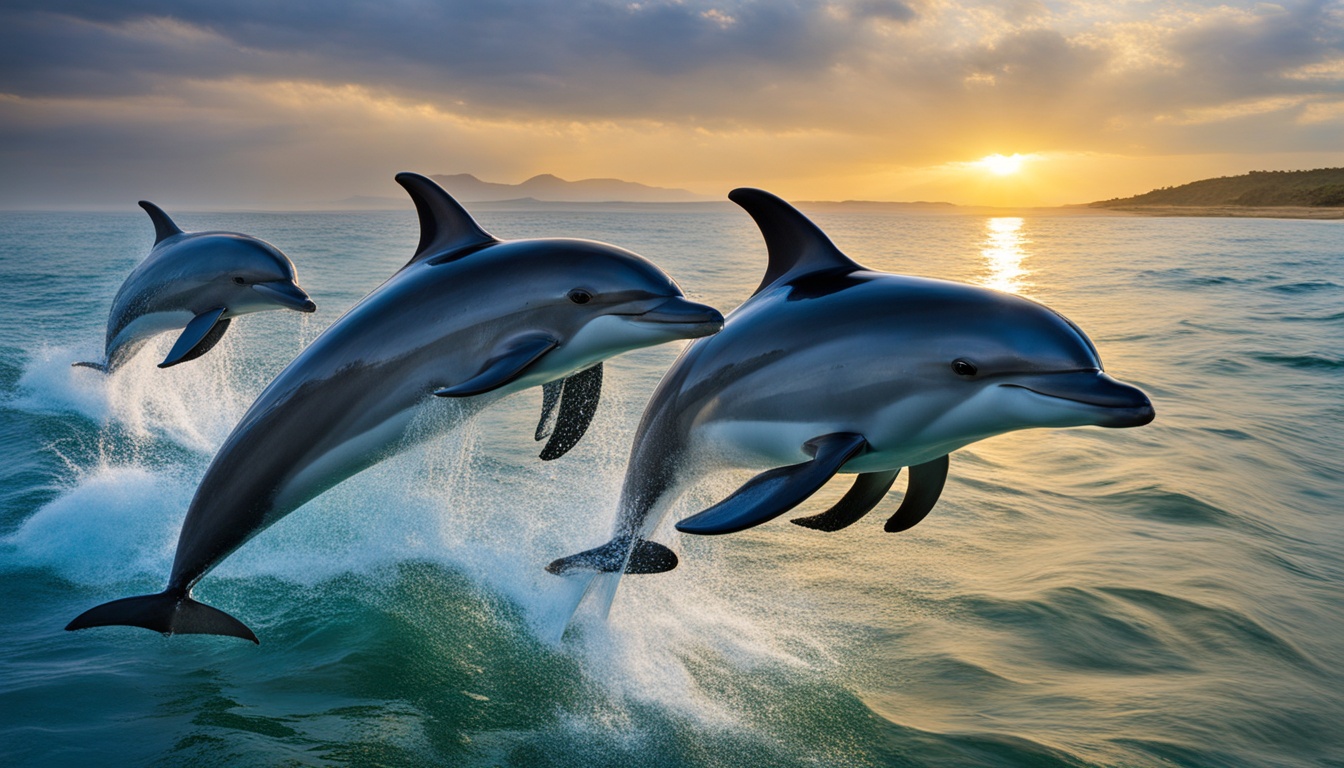Although they don’t have a very complicated diet, bearded dragons occasionally have strange appetites.
Bearded Dragons are popular among owners of exotic pets are the medium-sized lizards recognized for their collar around the neck that resembles a beard. They adapt well to captivity and are simple to train any individuals who do not properly investigate bearded dragons before deciding to bring one home.
Above all else, make sure they get fed on time and appropriately. However, beardies, as they are popularly known, frequently go many days without eating. When that happens, pet owners panic and exhibit helplessness. Adult bearded dragons can live without eating for an average of four weeks, contrary to popular belief. But as a pet owner, you must be aware that it depends on several things.
Learn how long your bearded dragon can go without food in this article, along with what to do if it does. How long can a chicken live without a head? And How long can a fish live without water? These are two such extreme facts regarding animals that people keep as pets.
Can a bearded dragon survive without insects?
The bearded dragon is an omnivore, which means it can eat both plants and animals, as was already established. This would lead you to conclude that it is incapable of going days without eating. It must be a voracious eater since it has evolved to devour anything. However, that is untrue. You might be surprised to learn how long these lizards can go without food or drink.
The dragon’s evolutionary history is the cause. Australian deserts and subtropical areas are home to beard dragons, which are native to that continent. Finding food in such a hostile environment is quite difficult. Additionally, the likelihood of being preyed upon by another animal is great. Hawks and other predators keep a close eye on the activities of the creatures they can consume.
Adult dragons have plenty of fat reserves. When they overeat, their fat reserves are filled, and they begin to grow in size. They draw on these reserves to provide the necessary energy once they start to bromate. The dragons minimize their energy needs as well because they don’t move much during the two to three months.
So in the wild, a typical bearded dragon can live without food for one to three months. Due to their insufficient fat stores, young bearded dragons would not survive that long. They hardly endure a week before their bodies start to grumble for food.
Do bearded dragons need bugs every day?
No, they don’t need bugs every day, but they do need food every day. But the main food source for bearded dragons is insects and bugs. Live crickets are a favorite food of many reptiles, and many pet owners frequently order them for their animals.
However, what happens if you order live crickets but only get dead ones? I immediately wonder if bearded dragons can consume dead crickets.
Dead crickets can be consumed by bearded dragons, but ONLY those that have undergone considerable preservation. When feeding their animals, many pet owners want to have handy options. Usually, some types of preserved crickets come with added components to make up for lost nutrients and simplify feeding your dragon.
- A significant amount of protein found in Bugs aids bearded dragon development.
- Bugs are a simple food for bearded dragons to consume.
- When alive, Bugs trigger the perfect eating response for dragons.
- The mild and supple texture of Bugs makes them simple to eat. It is really simple to ingest live insects before feeding your dragon.
- There are many sizes available to make feeding young, adolescent, and adult dragons simple.
- Iron is abundant in live insects, which are ideal for bearded dragon development.
Is UVB Light Necessary for Bearded Dragons If They Haven’t Eaten Bugs in a While?
Bearded dragon uvb light duration is crucial, especially if they haven’t eaten bugs in a while. UVB helps their bodies produce vitamin D3, necessary for calcium absorption and preventing metabolic bone disease. Aim for a daily exposure of 10-12 hours, ensuring they receive sufficient UVB rays to maintain their overall health and well-being.
How long can a bearded dragon survive without crickets?
An adult bearded dragon can survive without eating food like crickets for around 8 to 9 weeks. These reptiles have a long life span even without consuming any food.
Bearded dragons can survive during this period by using their fat reserves. However, the young baby dragon will almost surely pass away if they don’t eat within a month.
If other feeder insects provide the proper nutrients, bearded dragons can live without consuming crickets. These dragons can survive on eating a variety of beetle larvae, such as mealworms, for example. Due to the availability of various dragon feed farmers, ordering feeder insects to be delivered to your door is now simple.

